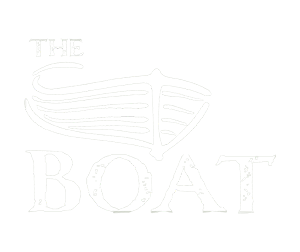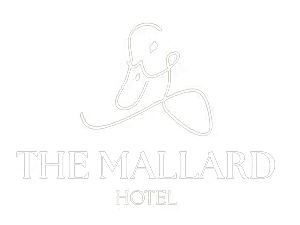
Do you know your OTA from your CTA?
All industries have specialised terminology that can be difficult to get to grips with and understand; and the hospitality industry is no different.
Our easy-to-understand A-Z glossary of revenue management terms is here to explain everything from ADR to Yield.
A
Average Daily Rate (ADR) – The average rate paid for rooms sold.
Average Length of Stay (ALOS) – The total occupied room nights divided by the number of individual reservations. So, if a hotel has two guests, with guest A staying three nights and guest B staying five nights, the ALOS is (3+5) ÷ 2 = 4.
Average Rate Index (ARI) – A key performance indicator, generated via STR, industry leaders in benchmarking data, that revenue managers use to determine whether a hotel is achieving its fair share of ADR compared to its competitors.
B
Best Available Rate (BAR) – The lowest rate for the day that guests are able to book. BAR rates should be available to the general public, don’t require pre-payment or impose cancellation penalties outside of the hotel’s normal cancellation policy. It’s a commonly used base rate that can be used for comparison between hotels.
Booking Engine – The technology that sits behind a hotel’s website that allows reservations to be made.
C
Central Reservation System (CRS) – A system or office used by hotels to maintain hotel information, inventories and rates that manage the reservation process.
Channel Management – The techniques and systems used by hotels to update hotel information, room inventory and rates in each distribution channel.
Closed to arrival (CTA) – An inventory control mechanism that revenue managers use to prevent new reservations being taken on a particular date.
D
Displacement Analysis – A technique revenue managers use to determine whether it would be beneficial to take rooms out of inventory that could be sold later for a higher rate.
Dynamic Pricing – Actively using revenue management techniques to sell the same products at different prices to different customers.
F
Fenced Rate – A special rate with certain conditions applied such as non-refundable and non-cancellable reservations, or advanced purchase reservations.
Forecast – A monthly prediction of expected revenue, usually for the next 30, 60 and 90 days, based on revenue analysis and evolving information such as bookings and market trends.
G
Gross Operating Profit Per Available Room (GOPPAR) – A measure of the total revenue, less operational and marketing expenses per room.
L
Last Room Availability (LRA) – A term given to specific non-yieldable rates that can’t be rejected, even if you could sell at a higher rate, such as with corporate contracts or tour operators’ allotments.
Look-to-book ratio – The percentage of website visitors (lookers) relative to the number who go on to book on the website (bookers).
Lose-it rate – A rate at which a hotel would be better off leaving a room unsold than sell at this rate.
M
Market Penetration Index (MPI) – A measure of how well a property is achieving a fair share of occupancy compared to its competition. It’s calculated by taking the occupancy percentage of the property and dividing it by the occupancy percentage of the competitive set. It’s usually delivered via STR on a daily or monthly basis.
Minimum length of stay (MinLOS) – An inventory restriction used by hotels to control the number of nights a room can be booked for. This helps to prevent peak demand nights, particularly those surrounded by low-demand nights, being filled with one-night stays, which would block the days around it to be used for longer stays.
N
Net Rate – The sell rate with commission taken out, sometimes required for online travel agents (OTAs).
Net Revenue Per Available Room (Net RevPAR) – A calculation of profit earnings for each available room taking into account changes in both revenue and expenses.
O
Occupancy – The percentage of available rooms that were sold at a specified time. Occupancy is calculated by dividing the number of rooms sold by the number of rooms available.
Online Travel Agency (OTA) – Third-party online hotel and travel distributor, such as Booking.com and Expedia. Hotels typically provide inventory to OTAs, which sell the rooms in exchange for a commission.
P
Pay Per Click (PPC) – Also known as cost per click (CPC), PPC is an online advertising technique where businesses can post adverts on a particular website and only have to pay when the advert is clicked on by a consumer.
Predictive Analytics – The technique of predicting trends and behaviour patterns by extracting information from given data.
Price Elasticity – One of revenue management’s most important concepts, price elasticity is a measure of the responsiveness of demand for a product based on changes to its price. For example, if you lower your rate by 10% and demand increases by 30%, then the elasticity is a negative 3.0 and your rates for this segment are called "highly elastic", meaning a small change results in a relatively large change in bookings. If you lower your rate by 30% but your demand only increases by 1%, your elasticity is negative .03 which is a relatively inelastic measure.
Property Management System (PMS) – The system hotels use for checking guests in and out, managing reservations, availability, guest profiles and generating revenue management reports.
R
Rate Fences – The terms and conditions attached to a discount rate that aim to protect hotel revenues. Advance purchase, minimum stay length, and non-refundable booking all help ensure your cheapest rooms aren’t all snapped up by guests who would otherwise be willing to pay more for them.
Revenue Generating Index (RGI) – A measure of how well a property is achieving its fair share of revenue compared to the competition. It’s calculated by taking the RevPAR of the property and dividing it by the RevPAR of the competitive set.
Revenue Management System (RMS) – This is either an automated or a manual system for processing the various revenue management information streams necessary for setting optimum rates and restrictions.
Revenue per available room (RevPAR) – One of the key metrics used in revenue management, RevPAR is used to assess how well a hotel has managed its inventory and rates to optimise revenue. It’s calculated by dividing the room’s revenue achieved by the total number of rooms available, or by multiplying occupancy by ADR.
Revenue per Square foot of function space (REVPAS) – This is a measure of how effectively hotels are renting their function space. It’s calculated by dividing total function room revenue by total square footage of function room space.
U
Unconstrained Demand – This is the quantity of rooms in a hotel that could, in theory at least, be sold if there were no capacity constraints. Of course, revenue managers must place realistic boundaries on this concept; in reality it’s used to determine how many rooms will be sold if rates are not raised to curtail demand.
Y
Yield Management – Yield management is simply another term for revenue management. It’s the process of understanding, anticipating and reacting to customer needs and behaviour with the intent of maximising revenue and, ultimately, profit.
When it comes to revenue management, Octopus Revenue are industry-leading experts. Whether it’s for outsourced revenue management support or providing specialist training, we’re here to help. Get in touch today.

